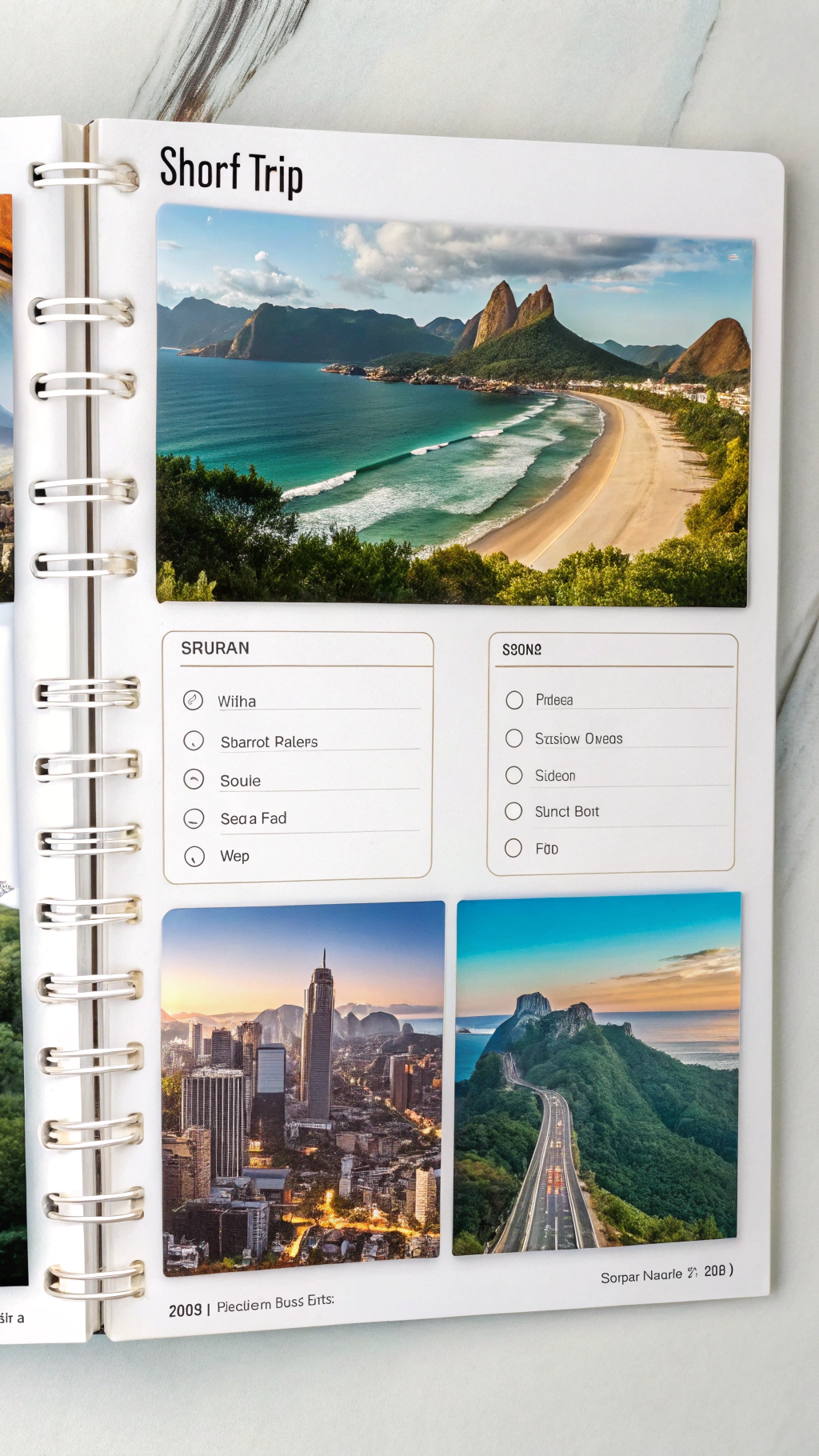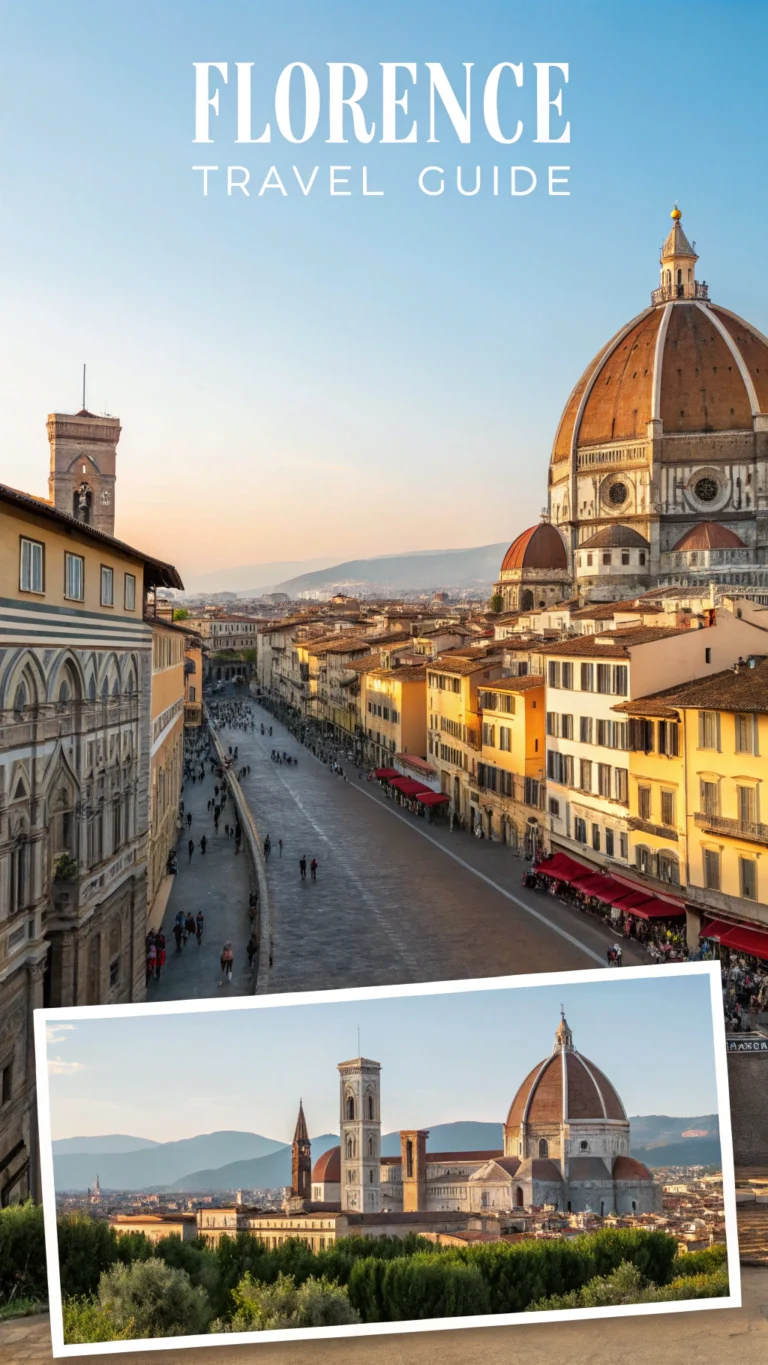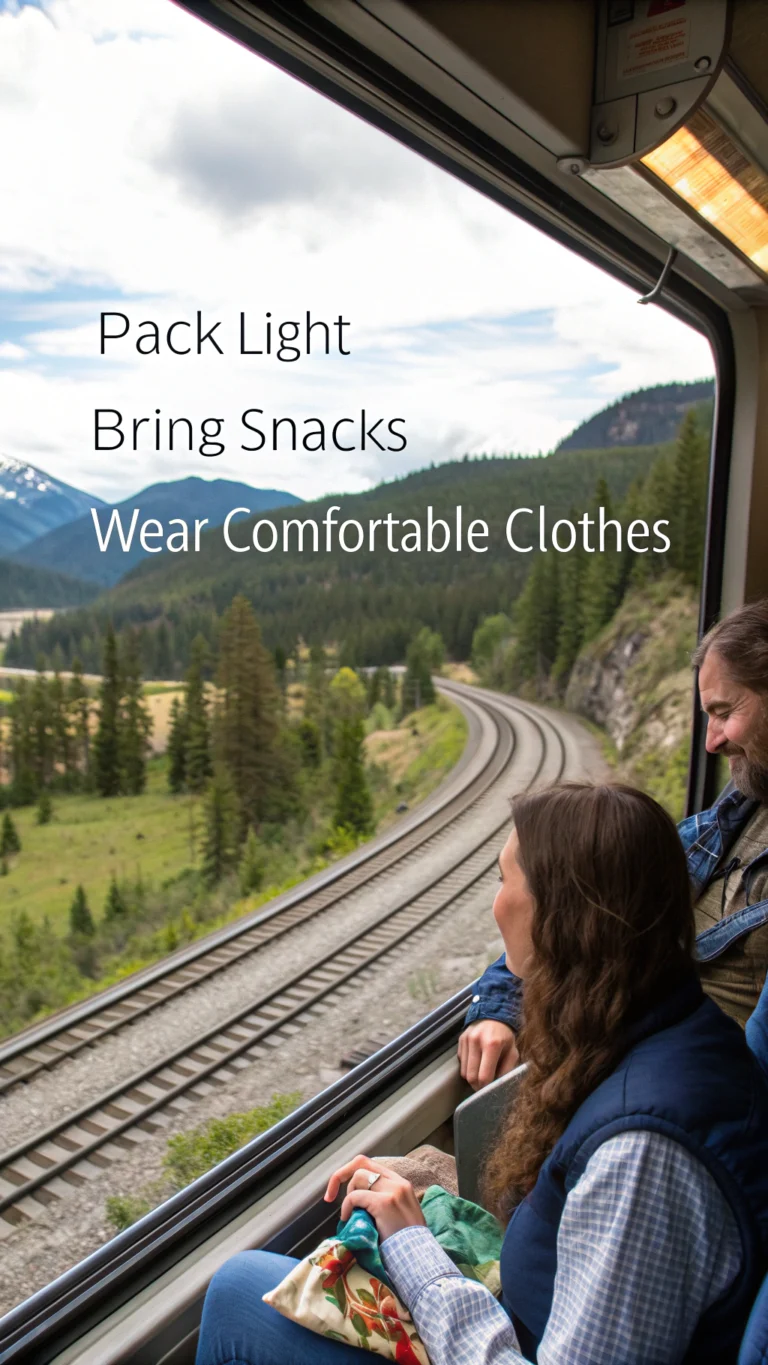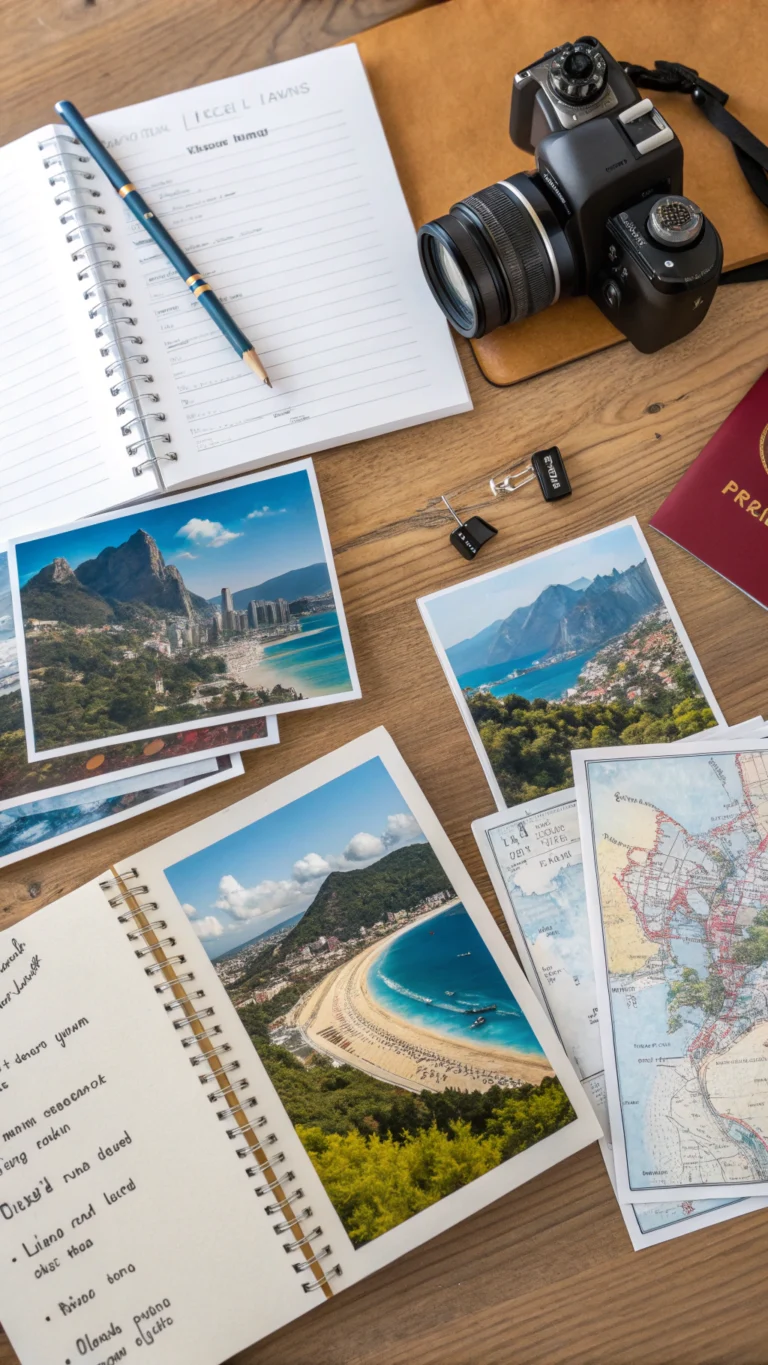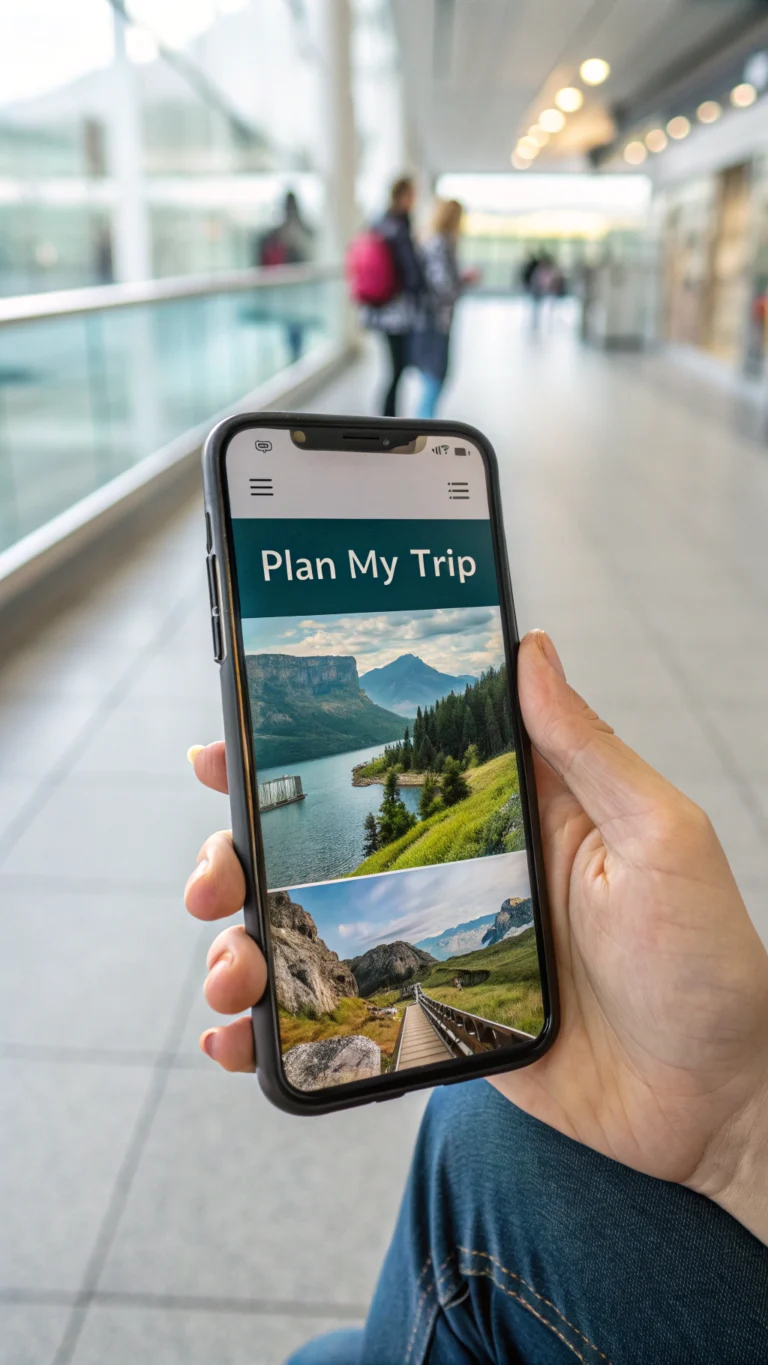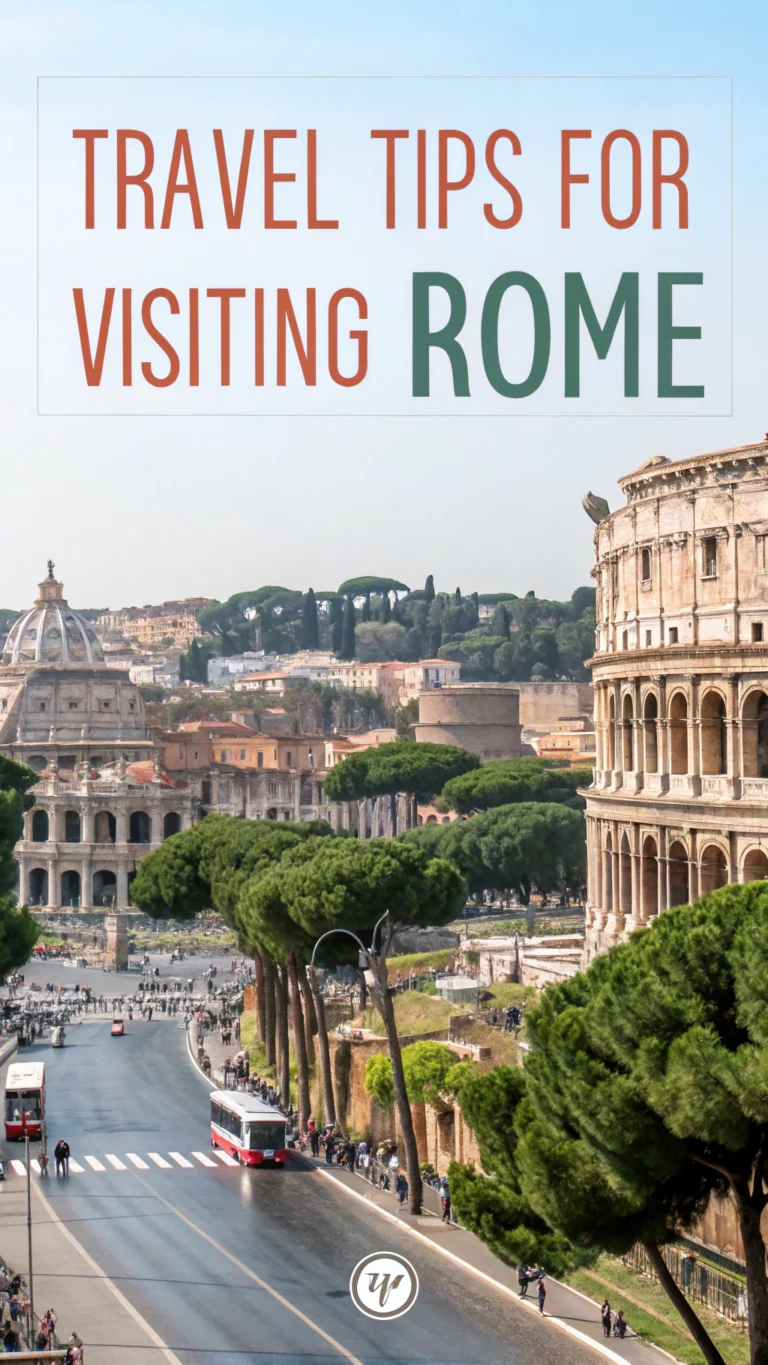Short Trip Planner: 5 Best Itineraries for Weekend Getaways
Table of Contents
Introduction
Have you ever wondered why 68% of Americans report feeling more anxious than they did before their vacation? Recent research on travel psychology suggest that instead of appreciating well-planned shorter holidays, they frequently attempt to cram too much into longer excursions. Creating the ideal weekend getaway involves more than simply picking a location; it also involves careful planning that optimizes experiences and reduces travel fatigue. Your secret weapon for planning these restorative mini-adventures that have been shown to have the same positive effects on mental health as larger holidays is a short trip planner.
Destination Overview
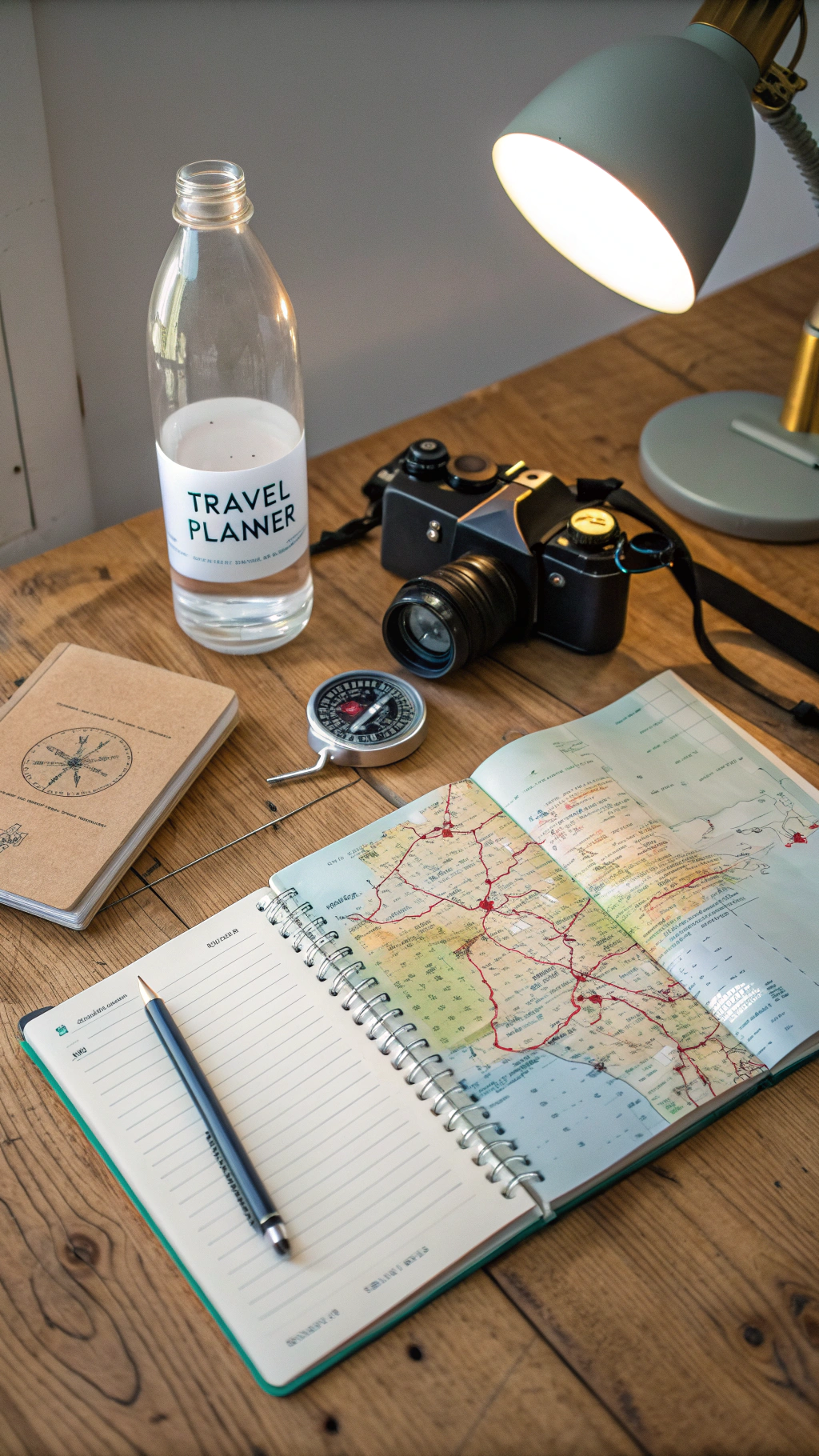
Weekend vacations provide the ideal chance to see neighboring locations without requiring a lot of preparation or time. Locations within 200 miles of your home base offer the best mix of convenience and excitement, according to research from the tourism industry. Based on your individual interests rather than popular travel places, the ideal strategy blends urban exploration, natural retreats, and cultural immersion.
The ideal mix of favorable weather, reduced crowds, and cheaper weekend travel costs is usually found during the shoulder seasons (April–May and September–October) in the Northern Hemisphere. For comparable benefits, tourists in the Southern Hemisphere should think about March–April and October–November, when lodging costs are typically 22% less than during peak season.
Travel Itinerary
A well-designed short trip planner creates the framework for maximizing every moment of your brief escape. Here are five versatile weekend itineraries adaptable to various destinations:
Urban Explorer (City Breaks)
Friday Evening:
- Arrive and check in by 7 PM
- Neighborhood dinner walk (saves the stress of reservations)
- Nightcap at a local bar (great for meeting locals)
Saturday:
- Historic district morning walk (2 hours)
- Cultural landmark or museum (3 hours)
- Local market lunch (1 hour)
- Shopping or gallery hopping (2 hours)
- Dinner reservation at signature restaurant
Sunday:
- Breakfast at popular café
- One final attraction or activity
- Departure by 3 PM (avoids heavy return traffic)
Nature Retreat
Friday:
- Arrive before sunset
- Simple dinner and stargazing
Saturday:
- Morning hike (3-4 hours)
- Picnic lunch
- Afternoon water activity or wildlife viewing
- Evening campfire or local dining
Sunday:
- Sunrise viewing
- Light activity (2 hours)
- Departure after lunch
Foodie Expedition
Friday:
- Arrive for dinner at signature restaurant
Saturday:
- Food market or cooking class (morning)
- Progressive lunch (try 3-4 different spots)
- Winery, brewery, or distillery tour
- Dinner at contrasting establishment
Sunday:
- Brunch
- Food souvenir shopping
- Departure
Historical Journey
Friday:
- Evening arrival and local cuisine
Saturday:
- Historic district guided tour (morning)
- Heritage site visit
- Local museum
- Period-authentic dinner experience
Sunday:
- Second historical site
- Early departure
Wellness Weekend
Friday:
- Arrival and gentle yoga session
Saturday:
- Morning meditation/nature walk
- Spa treatment or thermal bath
- Healthy local cuisine exploration
- Evening relaxation activities
Sunday:
- Morning wellness activity
- Departure by noon
Must-See Attractions
Quality is more important than quantity when utilizing a short trip planner. Prioritize two to three memorable experiences above a long list of “must-sees.” According to data from polls on travel satisfaction, tourists who spend more time at fewer attractions report feeling 37% more satisfied with their vacation.
Prioritize one significant landmark and one lesser-known location suggested by locals when choosing cultural destinations. Instead of making quick visits at several locations, visitors who spend at least two hours in one place are more satisfied with their experiences at nature sites.
If you visit well-known sites during their first hour of operation, you can cut wait times by as much as 65% when compared to midday visits.
Where to Stay
When using a short travel planner, quality matters more than quantity. Give two or three unforgettable experiences precedence over a lengthy list of “must-sees.” Travelers who spend more time at fewer attractions report feeling 37% more satisfied with their trip, according to data from surveys on travel satisfaction.
When selecting cultural sites, give priority to one important landmark and one lesser-known spot recommended by locals. Visitors who spend at least two hours in one spot are more happy with their experiences at nature sites than those who visit multiple locations quickly.
In comparison to midday visits, you can reduce wait times by up to 65% if you visit popular locations during their first hour of operation.
Food & Local Cuisine
Culinary experiences anchor memorable weekend getaways. Research shows 72% of travelers consider food a primary factor in destination selection. A balanced short trip planner includes:
- One signature dining experience
- At least one meal from local street food or markets
- A food experience (cooking class, food tour, farm visit)
For travelers with dietary restrictions, contact restaurants 48 hours in advance—this simple step increases positive accommodation rates by over 80% compared to walk-in requests.
Travel Tips & Essentials
For short travels, packing light becomes essential. Packing time is cut by 62% and checked baggage fees are eliminated with a capsule wardrobe of mix-and-match products. To prevent connectivity problems, download offline maps and take screenshots of bookings.
Even domestic travel might result in fraud warnings that temporarily freeze cards, so let your bank know when you plan to travel. And in contrast to Friday evening travel, Saturday morning departures usually have less delays.
Common Mistakes to Avoid
Avoid these weekend trip pitfalls:
- Overscheduling: Leave 30% of your time unplanned for spontaneity
- Under-budgeting transportation: Local transit often costs more than expected
- Missing reservation windows: Popular restaurants often book 2-4 weeks ahead
- Ignoring check-in/out times: Coordinate these with your itinerary to avoid wasting precious hours
Budget Breakdown
Weekend getaways typically cost between $250-$800 per person domestically, depending on destination and travel style. Transportation typically consumes 30% of this budget, accommodation 35%, food 25%, and activities 10%.
Save by traveling midweek (25-30% lower costs), booking accommodations with kitchenettes (reduces food expenses by up to 40%), and using transportation passes or day tickets rather than individual fares.
Final Thoughts
The ideal weekend retreat is about disconnecting and immersing oneself, not about distance. These five itinerary frameworks offer the flexibility and organization that make quick getaways so revitalizing. The most effective short trip planning strategies prioritize depth over width, producing focused experiences that leave you feeling rejuvenated rather than worn out.
Are you prepared to organize the ideal weekend getaway? Choose the itinerary type that best suits your travel preferences from these five options, then modify it to fit your destination of choice!
FAQs
For a weekend break, how far should I travel?
Destinations between 3–4 hours of travel time (one way) offer the best balance for a typical Friday–Sunday excursion. This enables an energetic arrival on Friday night to enjoy the evening and a leisurely departure on Sunday.
For weekend excursions, is driving or flying preferable?
When taking airport procedures into consideration, driving usually offers more flexibility and time efficiency for locations under 300 miles. Even with security and boarding procedures, flying becomes more efficient beyond that point.
What is the ideal spending limit for a weekend trip?
For moderate lodging and eating, a nice domestic weekend for two usually costs between $500 and $900. Costs are typically 30% higher in urban areas than in rural or environmentally conscious ones.
Can I really see enough in just a weekend?
Absolutely! Research shows focused 2-3 day trips often create more vivid memories than longer vacations where experiences blend together. The key is depth over breadth.
What’s the ideal group size for weekend trips?
Data indicates 2-4 travelers optimize both enjoyment and logistics. Larger groups often spend up to 40% of their time coordinating movements rather than experiencing destinations.

